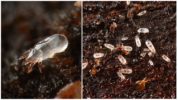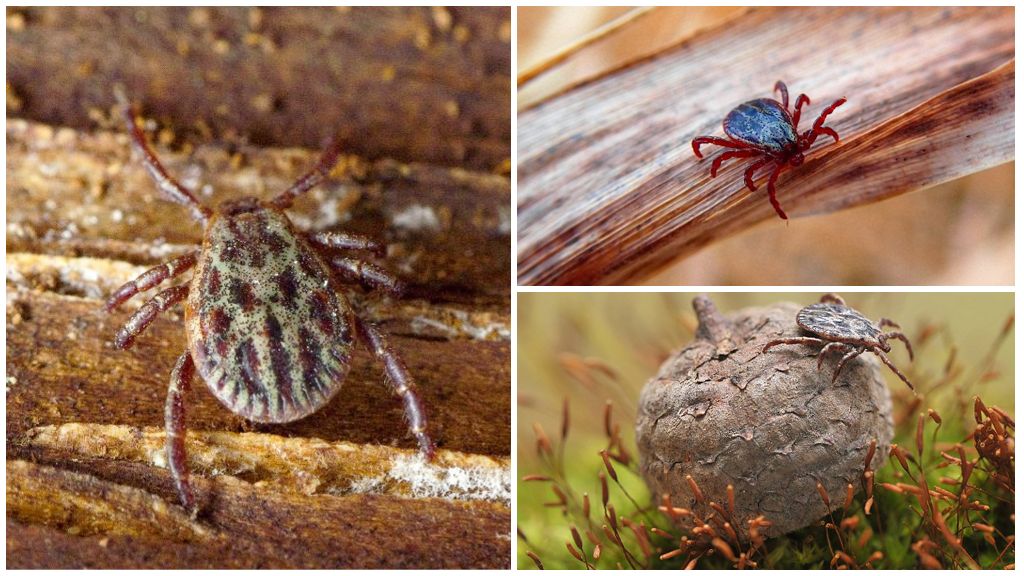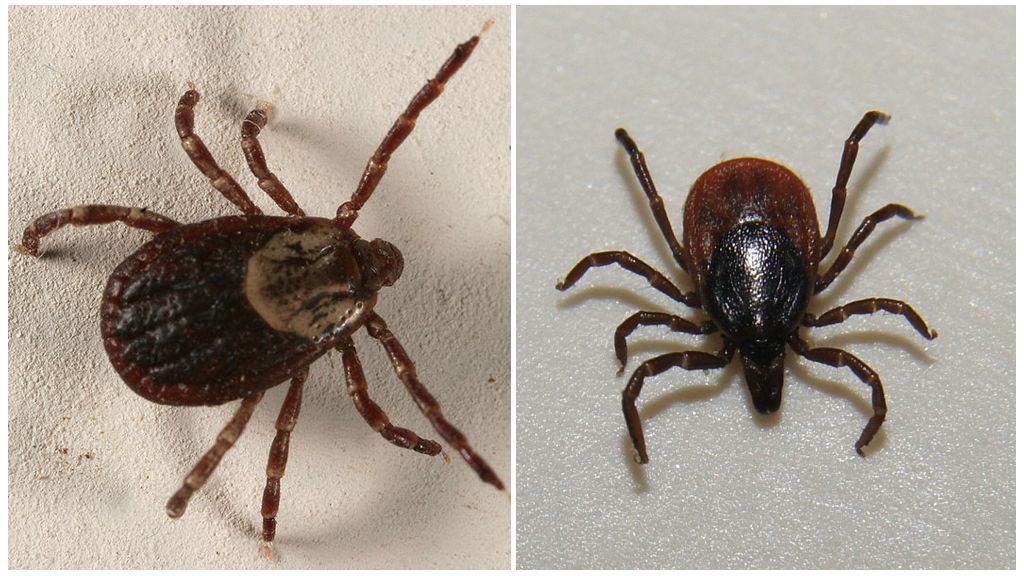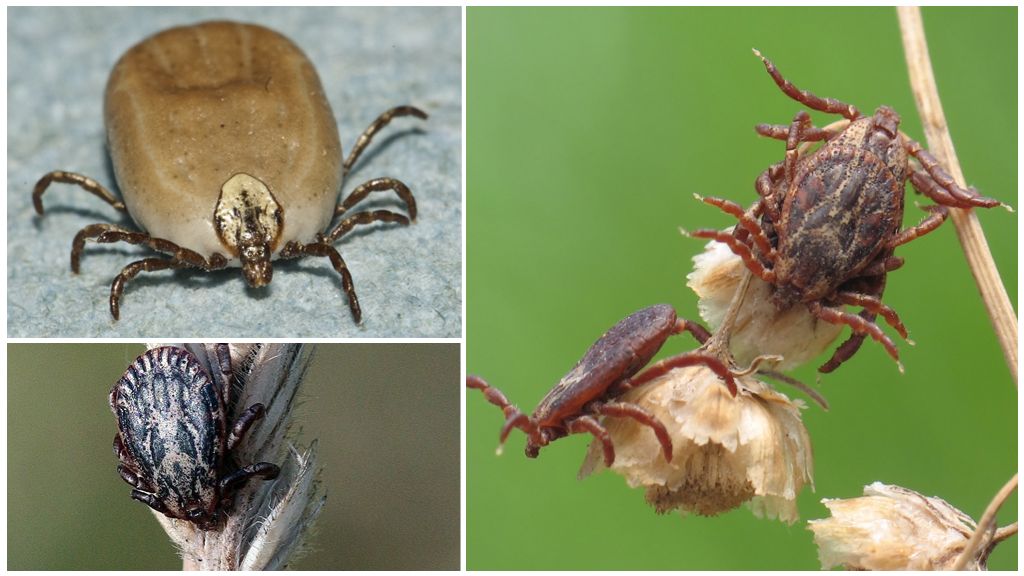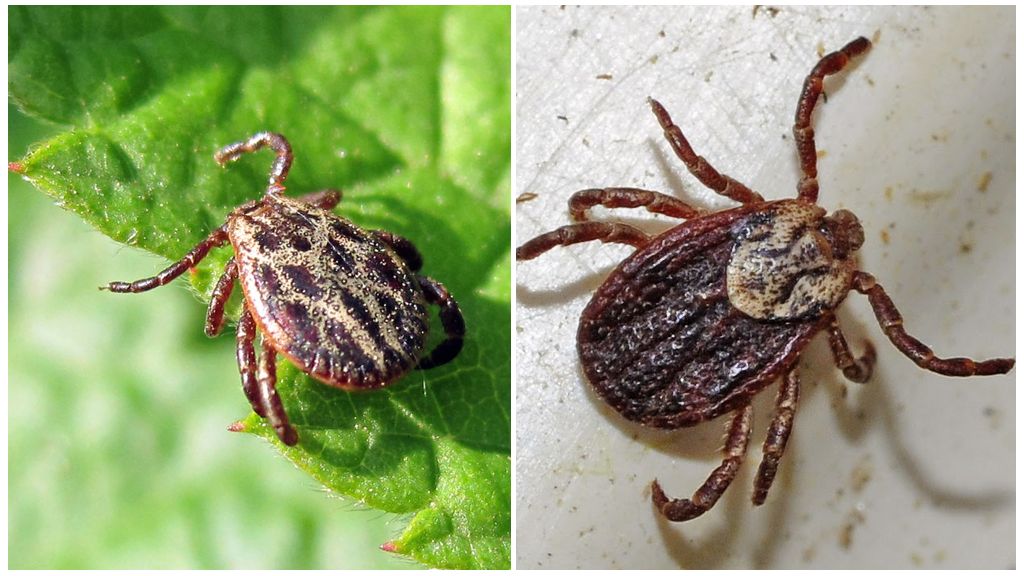- Barn Tick
- Barn Tick Harm
Barn tick - a small pest in cereals or flour, it is referred to arthropods. He can live both in large storage rooms and elevators, and in home cabinets in jars for cereals. Infection occurs by different methods, it is impossible to eat such products even after heat treatment.
The appearance of the tick
Scientists call barn or thyroglyphoid ticks chewing, they got this name because of the specific structure of the claws, with which they bite off their food. It is difficult to detect parasites with the naked eye, they are very small, they can only be examined under a microscope. You can recognize them by the following signs:
- the tick has a small size, only 0.2-0.5 mm long;
- body is oval, whitish, translucent;
- four pairs of legs.
A distinctive feature of the pest is its simple structure, it has no complex organs. The tick breathes with its whole body through the spiracles on the skin, which, at low humidity, cracks, and the pest dies.
Important!
It can be difficult to determine that a product is infected with a tick; it can be diagnosed in various ways. The most effective trick is the use of double-sided tape, it is glued to the door of the cabinet with food, and after a day they check that several parasites will still come across.
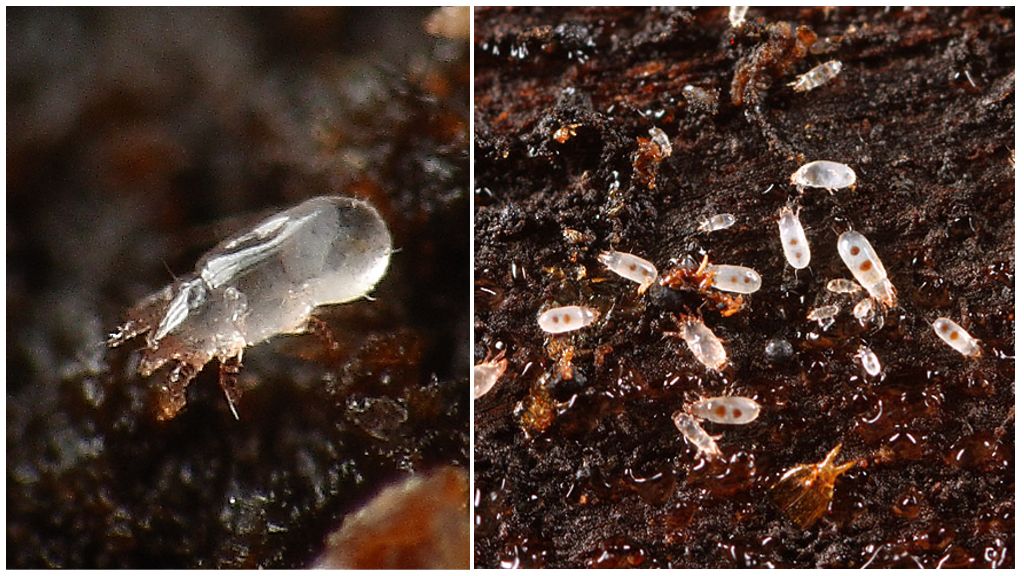
There are variants of ticks with a slightly reddish, almost rusty color, they are better seen on flour.
Life forms
The life forms of barn ticks are absolutely identical with the stages of development of other pests of this species. The development path from an egg to an adult takes about two weeks under favorable conditions. The barn tick has the following main stages of development:
- The first stage is the egg laid by the female. Its shape can be varied, and the color is different. However, the size is always small, up to 0.13 mm long. In this state, the future tick is not long, only 3-4 days.
- A larva hatches from an egg, its size fully corresponds to the size of an egg and no more than a poppy seed. She already has three pairs of limbs, she actively eats and gradually adds in size. The larva passes two molts, but it still does not have bristles and a harder shell.
- After a couple of days of this existence, the larva becomes a nymph of the 1st age. The life expectancy of this life form is about a week, during this period another pair of limbs grows in the tick, it changes, it takes on the form of an adult pest.
- After a couple of links, the nymph from the 1st age passes into the second. This is a fully adult arthropod that has sex and actively eats, and then mates and lays eggs.
The barn tick differs from its relatives ticks another life cycle, hypopus. It occurs under unfavorable conditions for life in the interval between a nymph of the 1st and 2nd age. The pest is covered with a dense shell, they do not eat at all, as if freezing. Such fading can last long enough, then an adult creature hatches from the cocoon, which can leave offspring after itself.
Habitat
Barn tick has a large distribution area, it can be found on all continents of the globe. Pests live in prepared foods or in raw materials for their manufacture.Parasites prefer high humidity, medium air temperature, good oxygen access and as little sunlight as possible.
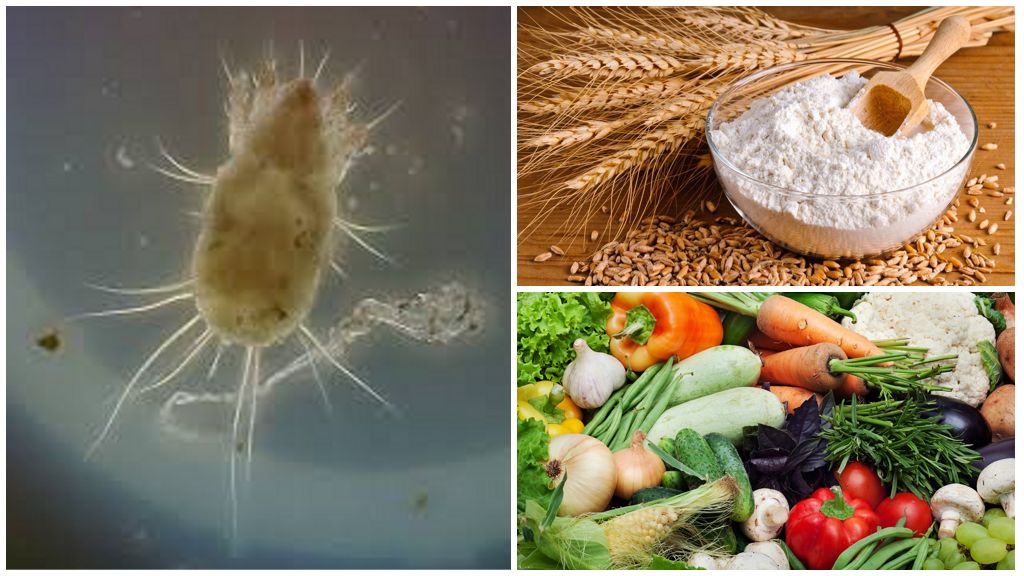
As a housing, the tick selects:
- barns with cereals or flour;
- finished goods warehouses;
- vegetable bases;
- home cabinets with groceries.
Barn ticks harm a person, they spoil his food, make them unusable.
Important!
Eating food with ticks is strictly prohibited, even after heat treatment. If a parasite enters the body, it can cause digestive upset, allergic reactions, and cause other diseases.
Spread
Over long distances, the mites themselves can not spread, several factors contribute to this:
- Barn ticks are spread by rodents. Mice and rats on their body they carry pests seized in them from one warehouse to another. Sometimes there is a whole migration from one city to another.
- The tick can get to the elevator directly from the field, where already infected grain was collected. At elevators, under appropriate conditions, the tick begins to multiply actively, because there are plenty of food products.
- Ticks enter houses with acquired infected cereals and flour. But getting rid of them will not be easy.
A barn tick may appear again after a poorly performed elimination treatment.
Harm
If for a long period nothing is done to reduce the number of barn ticks, then they will completely ruin the entire stock of products that are at home or in the warehouse. At home, with small amounts of stocks, this does not look so scary; throwing a few pounds of groceries with ticks is cheaper than treating poisoning later. But on the scale of warehouses, everything looks different.
That is why during the period when warehouses and elevators are completely exempted from production, disinsection with weak chemicals that will not be able to harm the human body is necessarily carried out.
A barn tick is a pest of food for a person, it is necessary to fight it.
